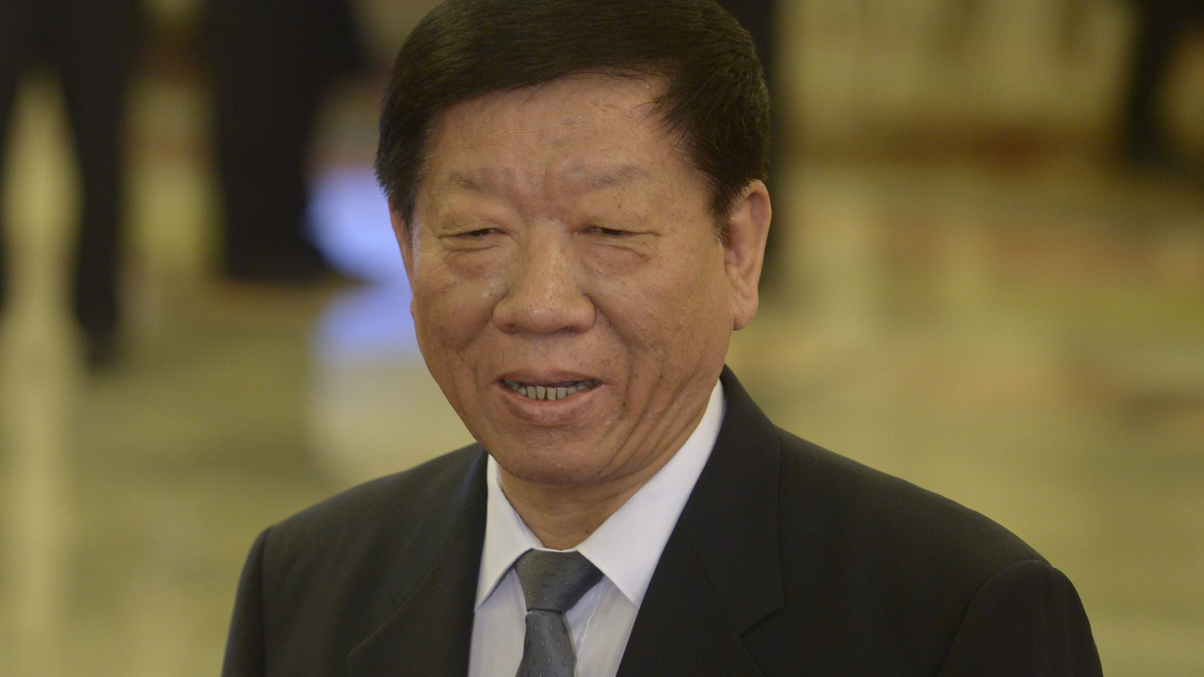China to push pension reforms
The government is targeting a sustainable system of pension provision for its ageing population, with potentially massive ramifications for the asset management industry.

Of the various policies that China's President Xi Jinping has vowed to prioritise in the next five years, pension reform could be among the most significant.
Sign in to read on!
Registered users get 2 free articles in 30 days.
Subscribers have full unlimited access to AsianInvestor
Not signed up? New users get 2 free articles per month, plus a 7-day unlimited free trial.
¬ Haymarket Media Limited. All rights reserved.


